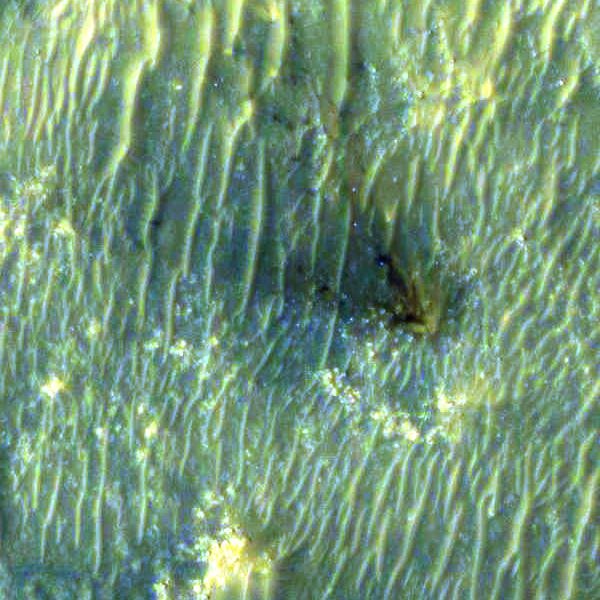Nasa images show dramatic impact after piece of spacecraft smashes into Mars
New Nasa images show the dramatic impact after a piece of its spacecraft smashed into Mars.
Plumes of smoke are seen rising from the red planet’s surface after the Perseverance rover’s descent stage was intentionally crashed into the ground.
The descent stage carried Perseverance down to the surface of Mars detaching from the rover itself. In order to protect the rover – and ensure that the rocks it will be examining were not contaminated – it then flew to a safe distance and destroyed itself.
The image, taken from the rover using its Hazcams, show the effects of that impact.
It comes after the Jet Propulsion Laboratory revealed images taken from the Mars Reconnaissance Orbiter that show the final resting place of the descent stage itself, and the damage it left on the Martian surface.

Nasa continues to check in with its Perseverance rover and receive detailed information back as it begins its journey on Mars.
The new images come just days after it revealed dramatic footage taken during the rover’s journey to the surface – in which the now-destroyed descent stage had a starring role.
Perseverance’s primary job, once it gets to work as normal, is looking for signs of ancient microbial life on Mars. It will do that by attempting to understand its geology and how its climate might have looked in the past.
It will also take samples that will one day make their way back to Earth. Future missions with the European Space Agency are expected to go and collect those sealed samples and bring them back to Earth for more detailed analysis that could finally settle the question of whether there was life on Mars once and for all.
At the same time, it will be paving the way for new life on Mars, in the form of its first human visitors. It will examine how the red planet might be able to support visiting astronauts as Nasa continues its plans to build a Moon base that will serve as a stepping stone on the way to the red planet.
Join our commenting forum
Join thought-provoking conversations, follow other Independent readers and see their replies
Comments
Bookmark popover
Removed from bookmarks